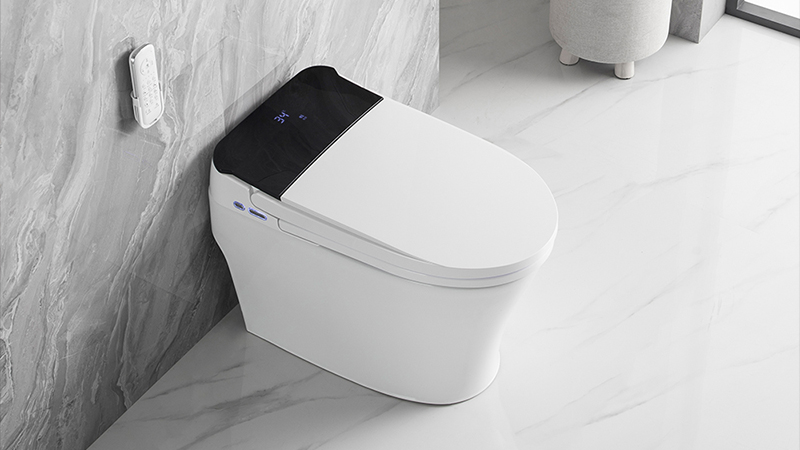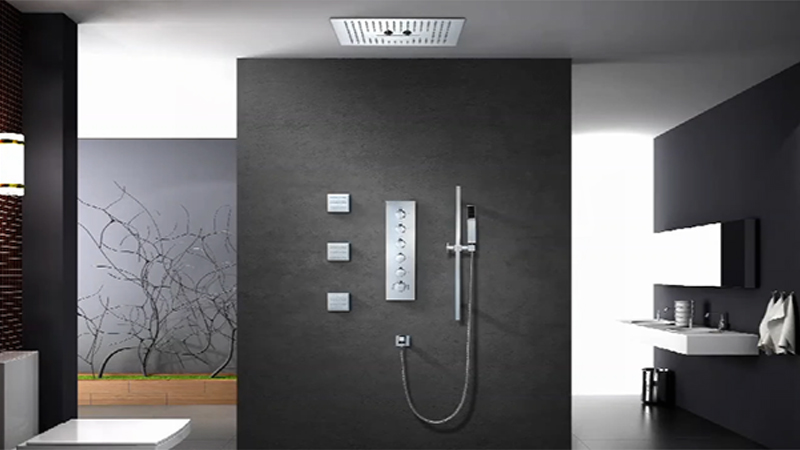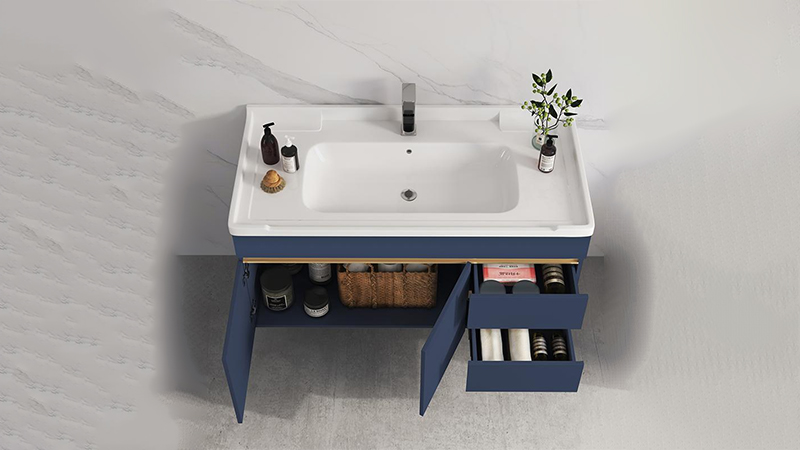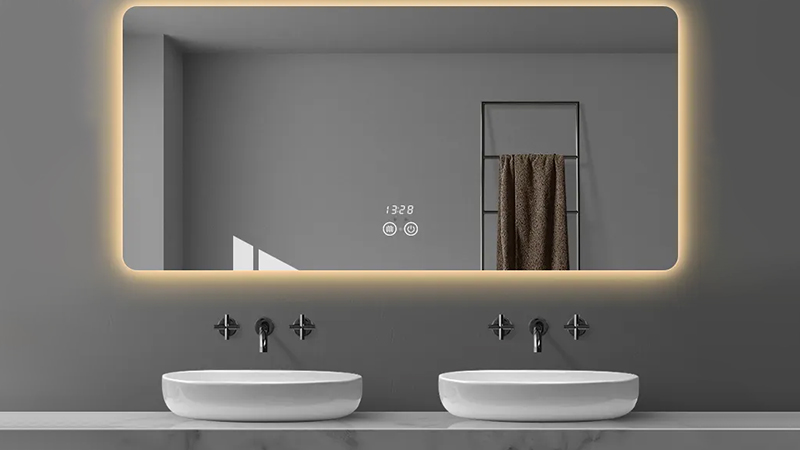Report on the Application and Acceptance of Artificial Intelligence in the Bathroom Industry
In the bathroom industry, the application of artificial intelligence technology is becoming more diverse, aiming to enhance user experience, save energy, and enhance safety. Here are some common applications of artificial intelligence in the bathroom industry:
Smart toilets: Smart toilets are equipped with sensors, heated seats, cleaning functions, etc., and use artificial intelligence technology to achieve functions such as smart sensing and smart cleaning, providing users with a more comfortable and convenient user experience.

Smart shower systems: Smart shower systems can automatically adjust water temperature, water pressure, and shower time through artificial intelligence technology to meet users' personalized shower needs and enhance comfort.

Smart sinks: Some smart sinks are equipped with sensor faucets, bottom lighting, smart hot water functions, etc., optimizing users' handwashing experience and saving water.

Smart bathroom mirrors: Smart bathroom mirrors integrate functions such as facial recognition, voice control, information display, providing users with personalized services and information, and can also serve as a smart home control center.

Acceptance surveys show that most consumers have an open attitude towards the application of artificial intelligence in the bathroom industry. They believe that these technologies can enhance the functionality, practicality, and comfort of bathroom products, as well as reduce energy consumption and improve safety. However, some consumers also express concerns about privacy protection and data security regarding artificial intelligence in bathroom products, which is an aspect that requires industry and companies to strengthen protection and management. Overall, the application of artificial intelligence in the bathroom industry has great development potential in the future, but it also requires consideration of balancing innovation with privacy and security.

